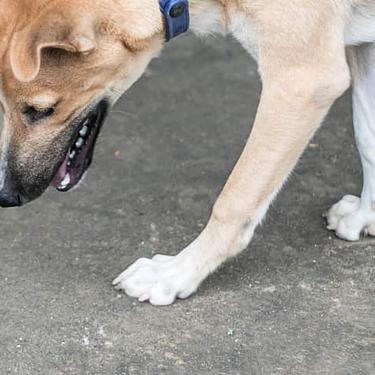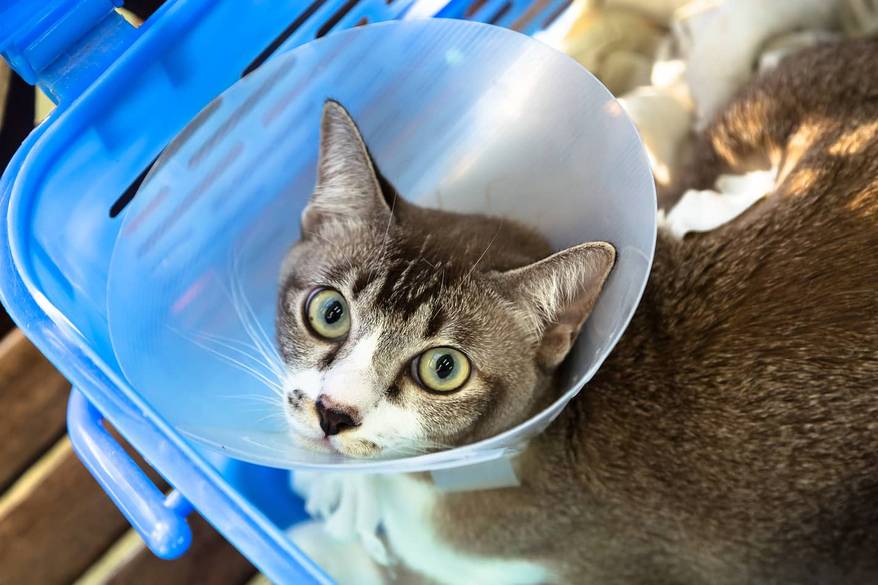
-
Find the right food for your petTake this quiz to see which food may be the best for your furry friend.Find the right food for your petTake this quiz to see which food may be the best for your furry friend.Featured products
 Hill's Science Diet Adult Oral Care Chicken, Brown Rice & Barley Recipe Dog Food
Hill's Science Diet Adult Oral Care Chicken, Brown Rice & Barley Recipe Dog FoodClinically proven kibble technology to reduce plaque & tartar build-up
Shop Now Adult 7+ Small & Mini Chicken & Brown Rice Recipe Dog Food
Adult 7+ Small & Mini Chicken & Brown Rice Recipe Dog FoodFor the unique nutritional needs of mature Small & Mini dogs
Shop Now Adult Small & Mini Lamb Meal & Brown Rice Recipe Dog Food
Adult Small & Mini Lamb Meal & Brown Rice Recipe Dog FoodFor the faster metabolism of Small & Mini dogs
Shop NowFeatured products Hill's Science Diet Adult Sensitive Stomach & Skin Dog Food
Hill's Science Diet Adult Sensitive Stomach & Skin Dog FoodHighly digestible recipe, gentle on stomachs. Nourishes skin & promotes a lustrous coat
Shop Now Adult Urinary Hairball Control Chicken & Rice Recipe Cat Food
Adult Urinary Hairball Control Chicken & Rice Recipe Cat FoodActively supports the health of the whole urinary system
Shop Now Adult Indoor Chicken Recipe Cat Food
Adult Indoor Chicken Recipe Cat FoodSupports energy level and beautiful fur in indoor cats
Shop Now -
Featured articles
 Easy DIY Dog & Cat Toys: Nine of Our Favorites
Easy DIY Dog & Cat Toys: Nine of Our FavoritesBrowse this comprehensive guide for several of our favorite DIY dog and cat toys that are sure to put a little pep in your pet's step.
Read More My Pet Ate a Lizard — What Should I Do?
My Pet Ate a Lizard — What Should I Do?Learn what to do if your pet eats a lizard, including whether they can be toxic and symptoms to keep an eye on when they've swallowed one.
Read More 15 Pet-Friendly Cities Ideal for a US Road Trip
15 Pet-Friendly Cities Ideal for a US Road TripCheck out our list of pet-friendly U.S. cities that are excellent travel options, offering off-leash dog parks and pet-friendly restaurants & hotels.
Read More -


Dogs and cats of all shapes, sizes and ages use their tails to do a happy dance, mark their territory, balance or simply say hello. A pet's tail is a very important communication tool, but what happens if it becomes injured? Can dogs break their tails? What about cats?
The answer is yes, both dogs and cats can suffer from a broken tail, which actually occurs more often than you may realize.

VCA Animal Hospitals, and "soft discs cushion the spaces between the vertebrae and allow flexibility. The tail muscle and nerves facilitate tail movement and play a role in bowel control. This complex tail structure of bone, muscles, nerves and blood vessels can easily be injured." Some causes of tail breakage include falling, getting shut in a door, run over with a car or stepped on.
Because of the tail's vulnerability, it's important to know how to identify and treat a broken tail.
Signs of a Tail Injury
If you suspect that your dog or cat has injured their tail, check to see if the tail is bent, swollen or difficult to wag/raise — all are signs of a potential fracture. Other unusual behavior such as chewing on the tail, visible abrasions or lacerations or bleeding may be related to a different type of injury. In all cases, contact your veterinarian immediately.
A condition in dogs that may be confused with a fracture is "limber tail." As Pet Health Network explains, this "is a condition thought to be caused by overexertion, exposure to cold weather, swimming in cold water or excessive exercise without proper physical conditioning. Other possible causes include spending too much time in a crate (especially one that is too small) and climate changes." Limber tail symptoms are very similar to those of a broken tail—swelling, difficulty moving and pain—so be sure to bring your pup to the vet for a professional diagnosis.


Tasty Tips
Young pets may need several visits in their first year for vaccinations. Adult pets generally benefit from annual check-ups, while senior or special-needs pets might require more frequent visits.
Treatment and Recovery
Tail breaks can either be "open" (exposed bone) or "closed" (skin isn't lacerated) and, like humans, dogs and cats can have hairline fractures. In addition to a physical exam and perhaps a blood test, your vet will use an x-ray to determine the type of break.
Taking your dog or cat straight to the vet is best, but, as Trupanion points out, you can help by placing him on a flat surface "that you can use to transport the pet from place to place. It's also a good idea to secure the pet to the surface with a blanket or towel." Keeping a stash of large, old towels around is a great idea for any pet owner, as they have multiple uses such as this.
A warm compress can help reduce swelling, but never give your pet any medicine that is meant for humans. Your vet will prescribe the proper medication, if necessary—one that's formulated for animal pain management.
The tail is actually an extension of the spine and is composed of bones that become smaller the closer they are to the tip, notes VCA HospitalOnce your pet's fracture is diagnosed, possible treatments may include setting the bone or surgery. Don't be surprised if your fur baby comes home wearing a large cone to prevent licking, chewing, or biting the injured area.
Prevention
So, can dogs break their tails? Yes, and certain dogs are more susceptible to breaks than others because of their breed or group. Hunting and working dogs, like the American Foxhound, have boundless energy and can get into mischief. As for cats, as many pet parents know, cats have great agility and love to jump onto high surfaces — making them more susceptible to injure themselves.
While you can't change your pal's temperament or instinct, you can ensure that your home is safe from potential hazards, including knowing where your pet is at all times to avoid accidental injuries. Keeping their bones and joints healthy also goes a long way to prevent breaks, especially in older animals.
Pet health experts agree that you should never attempt to fix a broken tail at home. If your regular vet isn't available, bring your pet to the nearest 24-hour emergency care facility. A vet visit is the only way to determine the specific injury and get proper care for your beloved furry friend.


Christine O'Brien is a writer, mom, and long-time cat parent whose two Russian Blues rule the house. Her work also appears in Care.com, What to Expect, and Fit Pregnancy, where she writes about pets, pregnancy, and family life. Find and follow her on Instagram and Twitter @brovelliobrien.
Related products

For the faster metabolism of Small & Mini dogs

Clinically proven kibble technology to reduce plaque & tartar build-up

Improves everyday ability to get up & go

For the unique nutritional needs of mature Small & Mini dogs
Related articles

Check out our list of pet-friendly U.S. cities that are excellent travel options, offering off-leash dog parks and pet-friendly restaurants & hotels.

Browse this comprehensive guide for several of our favorite DIY dog and cat toys that are sure to put a little pep in your pet's step.

Learn about veterinary dental care for your pet, including deep teeth cleaning procedures, which can help your dog or cat maintain proper dental health.

Learn what to do if your pet eats a lizard, including whether they can be toxic and symptoms to keep an eye on when they've swallowed one.

Put your pet on a diet without them knowing
Our low calorie formula helps you control your pet's weight. It's packed with high-quality protein for building lean muscles, and made with purposeful ingredients for a flavorful, nutritious meal. Clinically proven antioxidants, Vitamin C+E, help promote a healthy immune system.
Put your pet on a diet without them knowing
Our low calorie formula helps you control your pet's weight. It's packed with high-quality protein for building lean muscles, and made with purposeful ingredients for a flavorful, nutritious meal. Clinically proven antioxidants, Vitamin C+E, help promote a healthy immune system.


